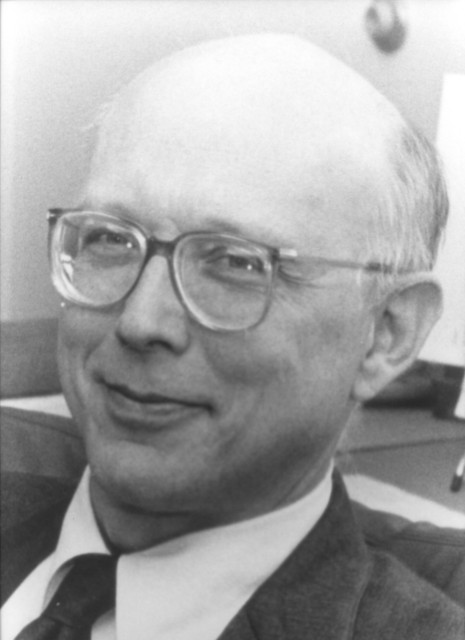George M. Whitesides
1939-

Whitesides has used the very flexible strategies of physical organic chemistry to extend the borders of molecular chemistry into materials science and biology. In materials science he developed self-assembled monolayers, important in synthesizing organic surfaces with molecular-level control, thus enabling the correlation of the molecular structure of a material with its macroscopic properties. He also developed "soft lithography", techniques that provide alternatives to photolithography for the fabrication of micron- and nanometer-sized structures.
In biochemistry and biotechnology Whitesides helped to introduce enzymes as catalysts in organic synthesis. In organometallic chemistry his work outlined fundamental reaction mechanisms of transition metal alkyls and introduced organocopper compounds into synthesis. In physical organic chemistry he worked on molecular and macroscopic self-assembly and non-covalent chemistry and also developed a number of widely used instrumental methods in fast NMR spectroscopy, capillary electrophoresis and surface plasmon resonance spectroscopy.
Whitesides was born in Louisville, Kentucky, took his A.B. at Harvard (1960) and Ph.D. with J. D. Roberts at Cal. Tech. (1964). He was on the MIT faculty (1963-82) before moving to Harvard, where he is currently Mallincrodt Professor of Chemistry. His many awards include the ACS Award in Pure Chemistry (1975), the Cope Scholar Award (1989) and the James Flack Norris Award in Physical Organic Chemistry (1993). In addition to well over 600 research publications, he co-authored (with photographer-artist Felice Frankel of MIT) the exquisite book for the layperson "On the Surface of Things: Images of the Extraordinary in Science" (1997).
Location in chemistry building: Fourth Floor; West Wing North Wall; Sequence 1
Source: Professor Whitesides